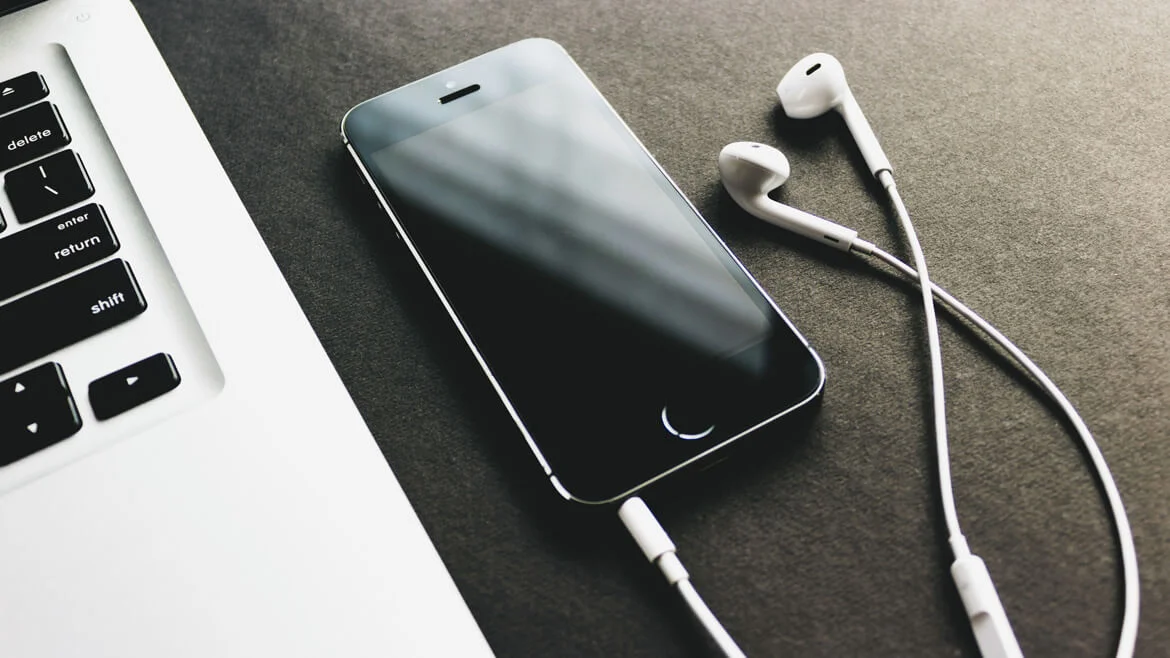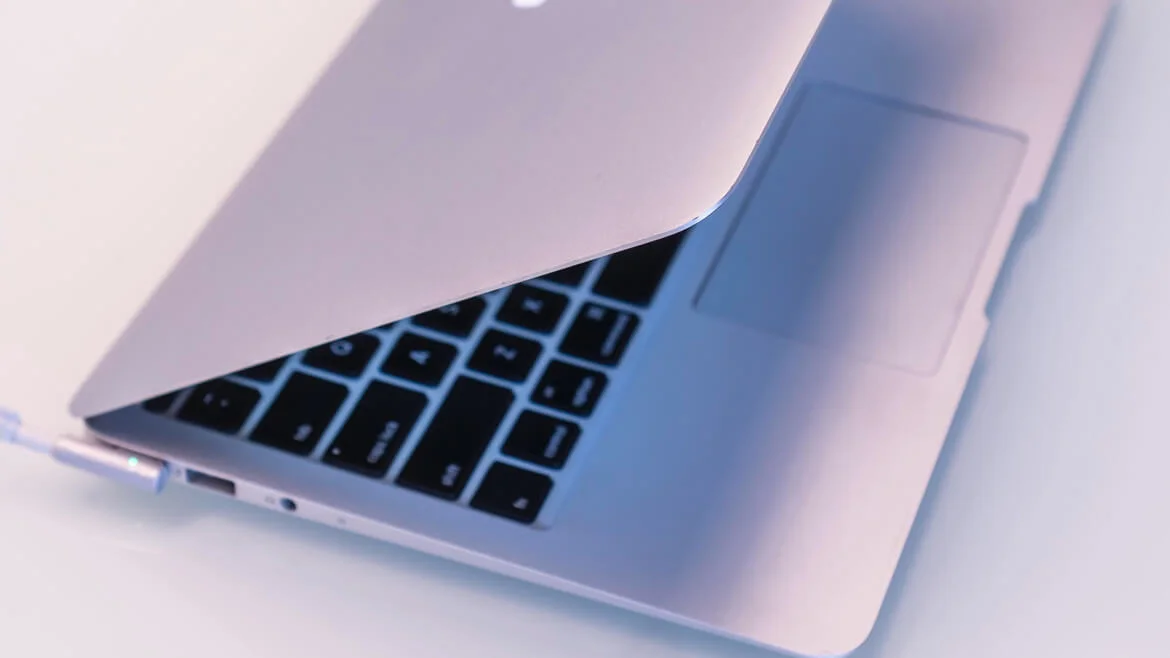Apple’s Mostly Virtual WWDC 2022 Keynote Is Set for June 6
Apple's board of directors got a preview of the long-rumored headset, according to a new report.

Taking a look at Apple’s other wearable devices could point to where Apple’s rumored glasses are heading.
Apple has been integrating augmented reality into its devices for years, but a new report from Bloomberg suggests the tech giant will soon make its biggest AR/VR stride yet: producing a mixed-reality headset. In a meeting last week, the company’s board of directors observed a demonstration of the headset, according to the report.
This could indicate that the long-rumored headset is nearing completion. It lines up with a previous prediction from analyst Ming-Chi Kuo: that Apple’s VR/AR headset is arriving in the fourth quarter of 2022 with Wi-Fi 6 and 6E support. Kuo’s prediction is corroborated by earlier reports that Apple’s headset might be coming in 2022, with smart glasses around 2025, and maybe AR contact lenses after that.
Apple could blend AR and VR with two headsets in the near future, leading the way with some sort of high-end AR/VR headset more like an advanced Quest 2, according to Bloomberg’s Mark Gurman. Gurman also suggests a focus on gaming, media and communication. In terms of communication, Gurman believes FaceTime using the rumored headset could rely on Memojis and SharePlay, meaning instead of seeing the person you’re talking to, you would see a 3D version of their personalized Memoji avatar.
And Apple may have large plans for the headset. The company’s “goal is to replace the iPhone with AR in 10 years,” Kuo explains in a note to investors, seen by MacRumors. The device could be relatively lightweight, about 300-400 grams (roughly 10.5-14 ounces), according to Kuo. That’s lighter than Meta’s Oculus Quest 2.
The headset could be expensive, maybe as much as $3,000 or more, with 8K displays, eye tracking and cameras that can scan the world and blend AR and VR together, according to a report from The Information last year.
It’s expected to feature Apple’s M1 processor and work as a stand-alone device. But it could also connect with Apple’s other devices. That’s not a surprising move. In fact, most of the reports on Apple’s headset seem to line right up with how VR is evolving: lighter-weight, with added mixed reality features via more advanced passthrough cameras. In that sense, Apple’s first headset will probably be a stepping stone to future lighter AR glasses, in the same way that Meta’s next headset, called Project Cambria, might be used.
Last year, reports on Apple’s AR/VR roadmap suggested internal disagreements, or a split strategy that could mean a VR headset first, and more normal-looking augmented reality smart glasses later. But recent reports seem to be settling down to tell the story of a particular type of advanced VR product leading the way.
These reports have been going around for several years, including a story broken by CNET’s Shara Tibken in 2018. But the question is: When will this happen, exactly? 2022 or even later? Apple’s been building more advanced AR tools into its iPhones and iPads, setting the stage for something more. But we still don’t know what that thing (or things) is. What’s increasingly clear is that the rest of the AR/VR landscape is facing a slower-than-expected road to AR glasses, too.

VR, however, is a more easily reachable goal in the short term.
Apple has been in the wings all this time without any headset at all, although the company’s aspirations in AR have been clear and well-telegraphed on iPhones and iPads for years. Each year, Apple’s made significant strides on iOS with its AR tools. It’s been debated how soon this hardware will emerge: this year, the year after or even further down the road. Or whether Apple proceeds with just glasses, or with a mixed-reality VR/AR headset, too.
I’ve worn more AR and VR headsets than I can even recall, and been tracking the whole landscape for years. In a lot of ways, a future Apple AR headset’s logical flight path should be clear from just studying the pieces already laid out. Apple acquired VR media-streaming company NextVR in 2020, and previously purchased AR headset lens-maker Akonia Holographics in 2018.
I’ve had my own thoughts on what the long-rumored headset might be, and so far, the reports feel well-aligned to be just that. Much like the Apple Watch, which emerged among many other smartwatches and had a lot of features I’d seen in other forms before, Apple’s glasses will probably not be a massive surprise if you’ve been following the beats of the AR/VR landscape lately.
Remember Google Glass? How about Snapchat’s Spectacles? Or the HoloLens or Magic Leap? Meta is working on AR glasses too, and Snap… and also Niantic. The landscape could get crowded fast.
Here’s where Apple is likely to go based on what’s been reported, and how the company could avoid the pitfalls of those earlier platforms.
Apple declined to comment on this story.
Launch date: 2022, 2023... or later?
New Apple products tend to be announced months before they arrive, maybe even more. The iPhone, Apple Watch, HomePod and iPad all followed this path.
A report from The Information from 2019, based on purported leaked Apple presentational material, suggested 2022 for an Oculus Quest-like AR/VR headset, and 2023 for glasses. Maybe Apple takes a staggered strategy with AR, and releases several devices: one for creators first, with a higher price; and one for everyday wearers later. TrendForce doubts any AR/VR headset could overtake Microsoft’s or Oculus’ until 2023 or later.
A 2022 launch would line up with a new report from DigiTimes, spotted by MacRumors, which says Apple could start mass-producing the headset in August or September and launch later within the year.
Either way, developers would need a long head start to get used to developing for Apple’s glasses, and making apps work and flow with whatever Apple’s design guidance will be. That’s going to require Apple giving a heads-up on its hardware well in advance of its actual arrival. Maybe at WWDC.

